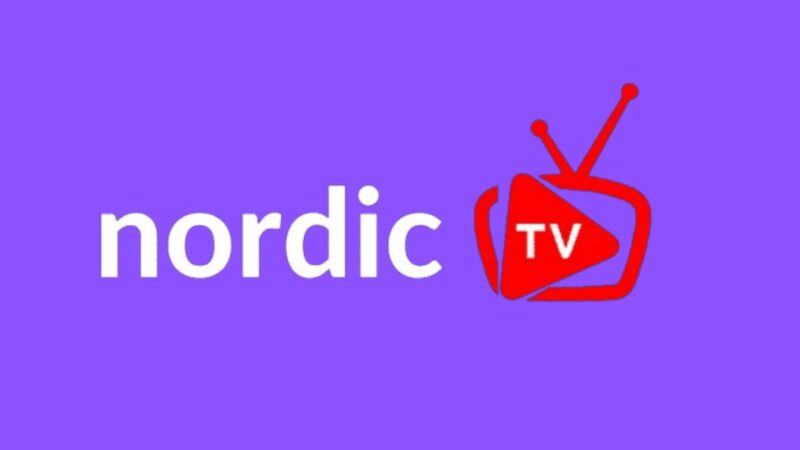As the digital landscape evolves at a breakneck pace, the Nordic countries find themselves at a pivotal juncture concerning IPTV regulations. The rapid proliferation of streaming services, alongside an insatiable consumer appetite for diverse content, has compelled lawmakers to reassess existing frameworks.
In the heart of this transformation lies a blend of innovation, technology, and a complex web of legal considerations that could reshape how viewers access and experience television. Stakeholders—from content providers to telecom operators—are bracing for impactful changes that not only promise to enhance user experience but also challenge traditional broadcasting models.
Set against a backdrop of changing viewer habits and technological advancements, these upcoming regulatory shifts herald a new era that could redefine the Nordic media landscape as we know it.
Introduction to Nordic IPTV Regulations

The landscape of IPTV regulations in the Nordic countries is evolving rapidly, ushering in a new era marked by both opportunities and challenges. As streaming services proliferate, regulatory bodies are grappling with the need to adapt existing frameworks to better accommodate the unique dynamics of digital content delivery.
This shift is not merely a reaction to technological advancements but also a reflection of changing consumer behaviors and expectations. In this context, the interplay between national sovereignty and the overarching principles of the European single market becomes increasingly complex, leading to a patchwork of regulations that may benefit some stakeholders while posing hurdles for others.
Consequently, understanding these impending changes is crucial for industry players, consumers, and policymakers alike as they navigate the shifting tides of the digital television landscape.
Current Landscape of IPTV in the Nordic Region

The current landscape of IPTV in the Nordic region is vibrant and rapidly evolving, shaped by an ever-growing appetite for on-demand content and enhanced viewing experiences. Major players like Telia, Telenor, and local startups are constantly innovating to capture the attention of a tech-savvy audience.
Subscription-based services, bundled offerings, and flexible viewing options are proliferating, making it easier than ever for consumers to access their favorite shows and films. Yet, this booming sector is not without its challenges; competition is fierce, and regulatory frameworks are becoming increasingly complex.
Amidst this dynamic backdrop, telecommunication companies are racing to integrate cutting-edge technologies, such as artificial intelligence and 5G networks, to further bolster their services. As audiences demand more personalization and interactivity, the stakes are higher than ever, pushing providers to rethink their strategies in a market ripe with opportunities yet fraught with potential pitfalls.
Overview of Upcoming Regulatory Changes

The impending regulatory changes in Nordic IPTV markets are poised to reshape the landscape of digital broadcasting significantly. As various nations within the region adopt stricter compliance measures, these adjustments will affect everything from content licensing to consumer protections.
Many stakeholders, including service providers and content creators, are bracing for a paradigm shift that could introduce new standards of transparency and accountability. In this evolving environment, companies may need to rethink their operational strategies to align with the upcoming mandates.
With both challenges and opportunities on the horizon, the need for adaptability has never been more crucial, prompting many to speculate on the potential impacts these regulations may have on viewer experiences and competitive dynamics across the Nordic telecom sector.
Conclusion
In conclusion, the upcoming changes in Nordic IPTV regulations represent a pivotal shift in how digital content is delivered and consumed across the region. As these new policies seek to enhance consumer protections, promote fair competition, and adapt to the rapidly evolving technological landscape, stakeholders—including service providers, content creators, and viewers—must stay informed and responsive.
By fostering a more transparent and equitable framework, these regulations aim not only to benefit the Nordic IPTV market but also to set a precedent for digital media governance on a broader scale. As we navigate these changes, the focus should remain on innovation, collaboration, and sustainability to ensure that all parties can thrive in this dynamic digital environment.


